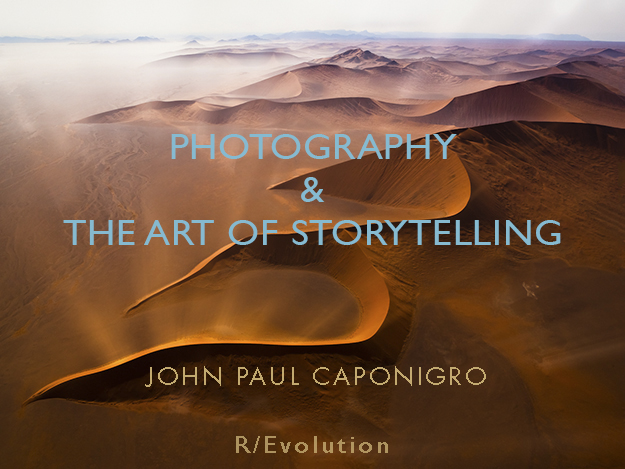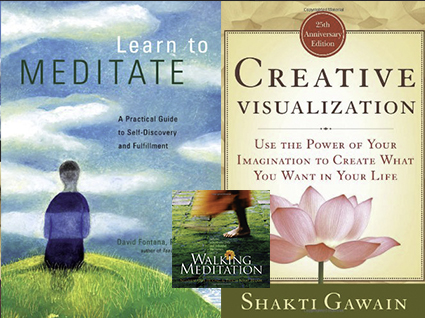Creative Mindfulness Practices
A mindfulness practice will boost your creativity, awareness, focus, and enjoyment.
You can be as creative with it as you are with your art.
1. 7 Great Great Resources For Developing Your Creative Mindfulness Practice (01/21) |Free
The plans you make are there to further your progress.
2. What Is Meditation (08/12) | Free
How do I find inspiration?
3. Meditation Can Be / Doesn’t Have To Be A Religious Experience (08/12) | Free
Meditation isn’t a religious practice.
4. All Religions Practice Forms Of Meditation (08/12) | Free
Hinduism, Buddhism, Judaism, Christianity, and Islam all practice forms of meditation.
5. Benefits of Meditating (9/12) | Free
You will create many benefits for yourself by meditating.
6. The Physical Benefits of Meditating (9/12) | Free
There are many clinically proven physical benefits of practicing meditation.
7. Increase Your Awareness Of Your Body Through Meditation (10/12) | Free
For much of our daily lives we are unconscius of our bodies.
8. How Many Thoughts A Day Do You Think? (11/12) | Free
On average, we each think 60,000 thoughts a day.
9. How Long Should I Meditate? (12/12) | Free
The question will serve you much better if you consider it over time.
10. How To Find Time For Meditation? (12/12) | Free
You can find time for meditation without changing your schedule.
11. Increase Your Awareness Of Your Environment Through Meditation? (12/12) | Free
Spend some time becoming more aware of the miracles that surrounds you.
12. Increase Your Awareness Of Your Mind Through Meditation. (12/12) | Free
Consciousness is one of the great riddles of the universe for which there are few answers.
13. Increase Your Awareness Of Your Emotions Through Meditation.. (1/13) | Free
For most of us, when it comes to emotions, our thinking is often unclear.













